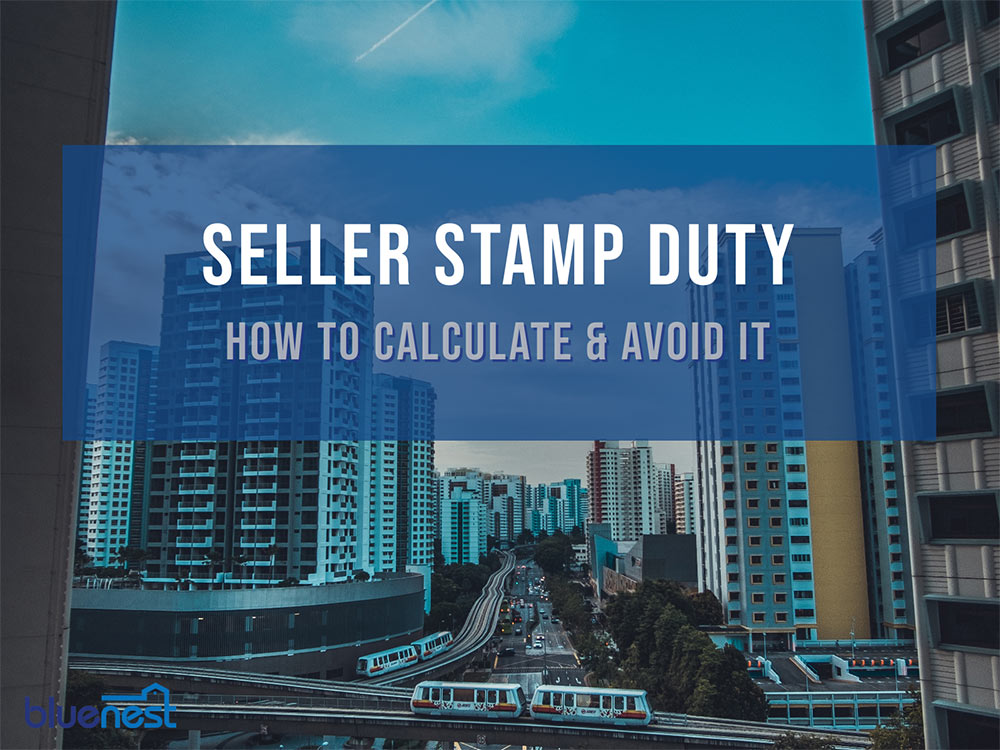
“You mean I have to pay stamp duty when selling my house?” The answer is yes. Apart from your property agent’s commission fees and the administrative costs involved in selling your house, you may have to pay the Seller Stamp Duty introduced in 2010. (Read also: The Costs of Selling Your Property in Singapore)
The thought of giving up even more money from your sale proceeds is painful, particularly when the amount could easily cover the cost of renovations for your next home.
Today, we’ll cover details such as how to calculate stamp duty and when you’re exempted from paying Seller Stamp Duty in Singapore:
The Seller’s Stamp Duty is a property-related tax payable to the Inland Revenue Authority of Singapore (IRAS). This applies to all residential properties sold within the first three years of the purchase date.
This includes all HDB flats, condominiums, bungalows, terrace houses, semi-Ds, and so on. But minus a few exceptional cases, sellers of HDB flats typically won’t incur the SSD given the 5-year Minimum Occupation Period (MOP) they have to follow.
The SSD is meant to deter people from flipping houses in the market, thereby keeping property prices in a reasonable range.
House flipping (i.e., buying cheap homes and quickly reselling them for profit) is a popular practice in markets like the United States, but the Singapore government wants to keep housing affordable in our little city-state.
Other property cooling measures include the Additional Buyer’s Stamp Duty and the HDB resale levy.
The following SSD rates apply for properties bought from 14 Jan 2011 onwards. Your SSD is calculated based on the selling price or estimated market value of your property, whichever is higher. These are the two important rate charts you should know:

Here are a few examples on how to calculate stamp duty.
Mr. Choo bought his condominium on 1 Jan 2017 and sold it on 1 Jun 2018 for $1,550,000. His 3-bedroom condo was valued at $1,520,000.

Mr. Lim bought a similar condominium on 1 Apr 2017 and sold it on 1 Aug 2019 for $1,550,000. Like Mr. Choo’s place, Mr. Lim’s 3-bedder condo was valued at $1,520,000.

If you look at these two cases, you’ll notice that waiting just one more year can make a huge difference. In the second scenario, he saved $124,000 by waiting 11 more months to sell his condo.
Waiting out the minimum holding period is the main way to avoid the tax.
But there are also multiple scenarios in which you won’t have to pay SSD:
You’ll have to pay the Seller Stamp Duty within 14 days of signing the contract to sell your property. We detail the entire timeline & all the costs related to selling your property here.
You can make payment via the e-stamping portal. Modes of payment include NETS, eNETS, cheque, cash card, cash, Internet Banking Fund Transfer (For POSB, UOB & OCBC account holders only), or Internet Banking (for the rest of the banks)
Concluding Thoughts
If you don’t urgently need those liquid funds, we recommend waiting out the minimum 3-year holding period. At minimum, this will save you tens of thousands — which could potentially be enough for the downpayment on a new place!
If you really need the money, you can always create additional income streams by subletting spare rooms. (Read also: The Newbie Landlord’s Guide on How to Rent Out Your Condo)
Bluenest – Your trusted advisor, all the time.